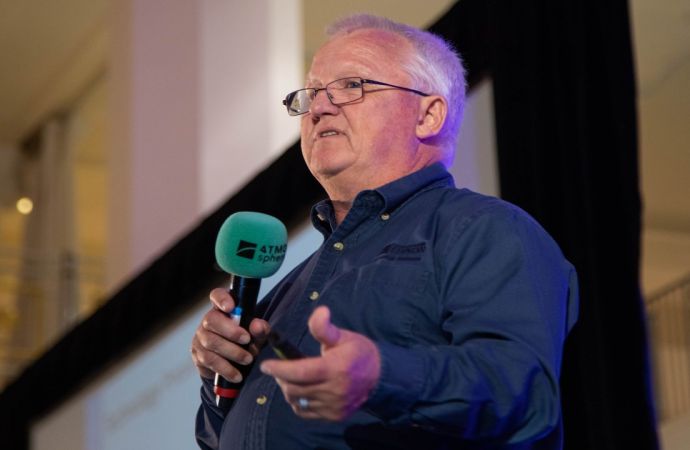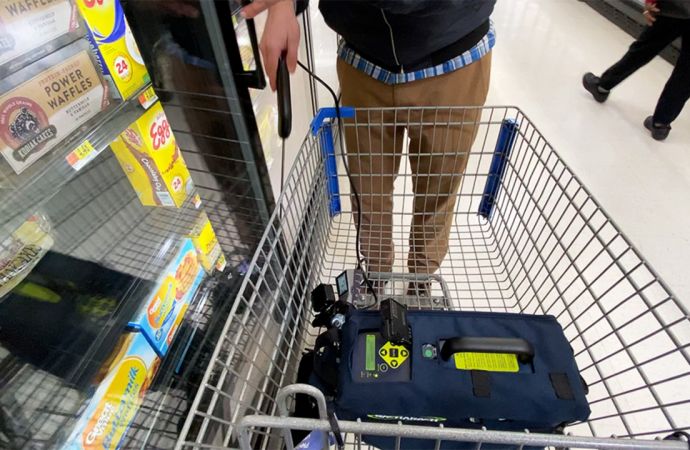The UK government is currently considering the level of support that will be available from April 2011 for various renewable heat technologies, including heat pumps for residential through to industrial applications. The proposal means that medium scale ammonia heat pumps could benefit from a 5.5 pence/kWh incentive, while larger scale from 1.5 pence/kWh.

In April next year, the UK government will be introducing a Renewable Heat Incentive (RHI) scheme that will provide the necessary financial support for individuals, communities and businesses to switch from using fossil fuel for heating, to renewable technologies and sources. With the date of introduction of the scheme approaching, the government has published a consultation on the issue, which will determine the level of support available for the various renewable heating technologies, including heat pumps.
Level of tariffs for heat pumps
The following levels of tariffs have been proposed on the basis that they pay an investment return of 12% for the case of heat pumps:
According to the consultation document, the UK “will need a large proportion of renewable heat to be delivered by the industrial and commercial sectors” in order to meet its 2020 renewable energy target. “Non-domestic buildings have great potential for generating substantial levels of heat and can be used to stimulate and contribute to the overall viability of community energy network development, particularly for heat networks.” These are exactly the sectors that large scale ammonia heat pumps could cater for.
Key aspects of the scheme
The UK government has proposed the following key aspects of the RHI:
The deadline for responses to the consultation is 26 April 2010. The Government intends to hold stakeholder outreach events over the course of the consultation period. Details will be published on the RHI website at http://www.decc.gov.uk/en/content/cms/consultations/rhi/rhi.aspx.
Level of tariffs for heat pumps
The following levels of tariffs have been proposed on the basis that they pay an investment return of 12% for the case of heat pumps:
- Ground source heat pumps: Small installations (Up to 45 kW): 7 pence/kWh
Medium Installations (45 - 350 kW): 5.5 pence/kWh
Large installations (350 kW and above): 1.5 pence/kWh
- Air source heat pumps: Small installations (Up to 45 kW): 7.5 pence/kWh
Medium Installations (45 - 350 kW): 5.5 pence/kWh
According to the consultation document, the UK “will need a large proportion of renewable heat to be delivered by the industrial and commercial sectors” in order to meet its 2020 renewable energy target. “Non-domestic buildings have great potential for generating substantial levels of heat and can be used to stimulate and contribute to the overall viability of community energy network development, particularly for heat networks.” These are exactly the sectors that large scale ammonia heat pumps could cater for.
Key aspects of the scheme
The UK government has proposed the following key aspects of the RHI:
- Support of a range of technologies: air, water and ground-source heat pumps, solar thermal, biomass boilers, renewable combined heat and power, use of biogas and bioliquids and the injection of biomethane into the natural gas grid
- Rewarding owners of equipment: RHI payments to be claimed by, and paid to, the owner of the equipment.
- Annual payments for installations below 45 kW and quarterly for those above this level
- Tariff levels will provide a rate of return between 6-12%: Tariff levels will bridge the financial gap between of conventional and renewable systems. They are proposed to provide a rate of return of 12% on the additional capital cost of renewables, with a lower rate of return of 6% given to solar thermal.
- Payments to be calculated on the annual amount of heat output, expressed in kilowatt hours (kWh): For small and medium scale installations, the amount of heat generated by the equipment is proposed to be estimated (or “deemed”) when installed in most cases. This will allow the beneficiary of the incentive to receive a set amount based on the deemed output, to encourage low energy consumption and discourage wasting heat. For large installations and process-heating, the heat output will be metered.
- The RHI will remain open to new projects until at least 2020: Its design and tariff levels will be reviewed from time to time for new projects, so as to adapt to changes in technology costs and other circumstances.
The deadline for responses to the consultation is 26 April 2010. The Government intends to hold stakeholder outreach events over the course of the consultation period. Details will be published on the RHI website at http://www.decc.gov.uk/en/content/cms/consultations/rhi/rhi.aspx.
MORE INFORMATION
Related stories











